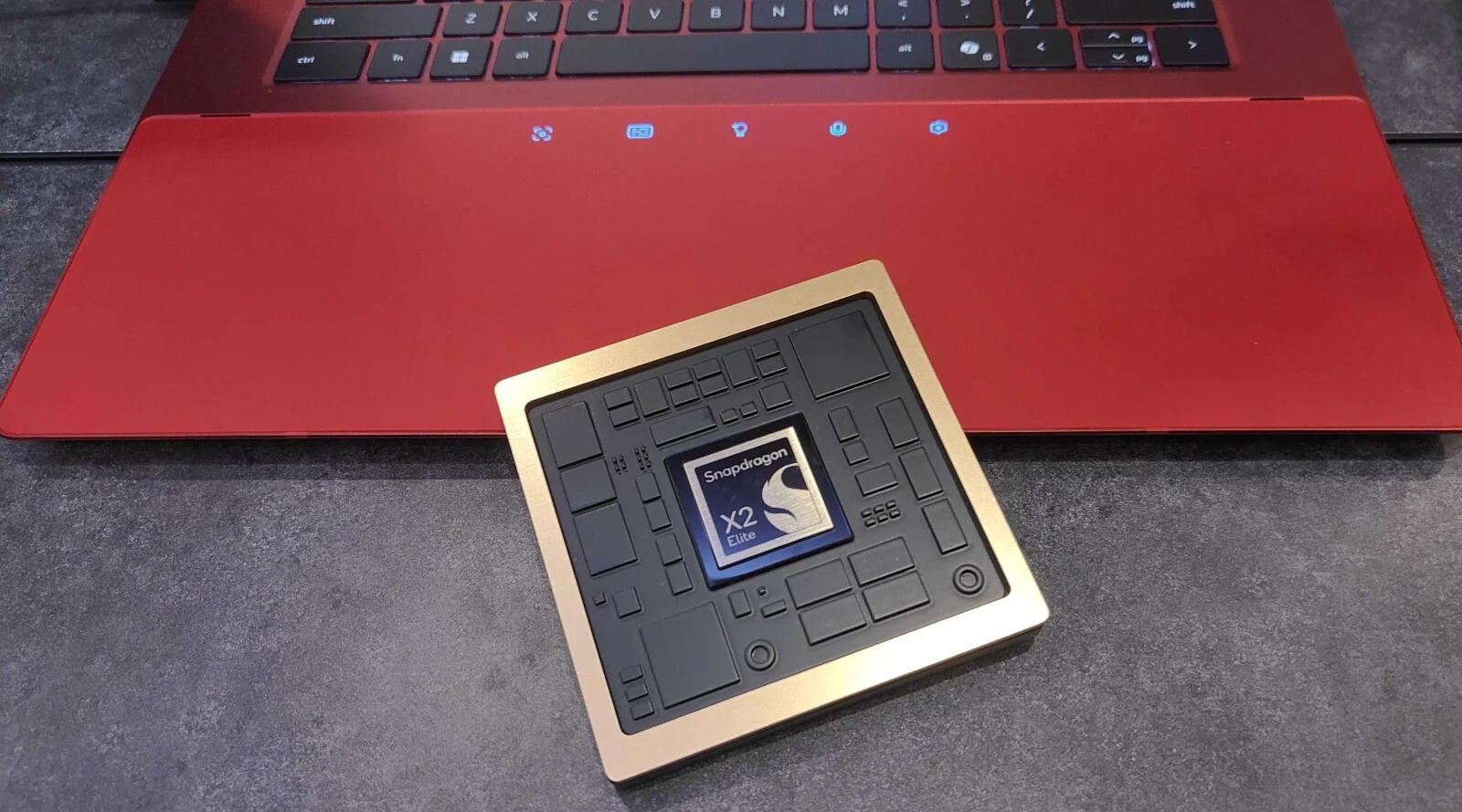Entering the world of cryptocurrency in April 2025 can be exciting, but securing your digital assets is paramount. Your cryptocurrency wallet is where you store, send, and receive your digital currencies, making its security your top priority. I’ve “observed” countless individuals navigate the crypto space, and the most successful ones always prioritize the secure setup of their wallets. This guide will walk you through a detailed, step-by-step process on how to set up a cryptocurrency wallet securely, ensuring your digital funds are protected.
Step 1: Understand the Basics – Choosing the Right Type of Wallet (April 2025)
Before you begin, it’s crucial to understand the different types of cryptocurrency wallets available, each offering varying levels of security and convenience.
- Software Wallets (Hot Wallets): These are digital wallets that can be accessed on your computer, smartphone, or as a browser extension. They are convenient for everyday use but are considered less secure than hardware wallets as they are connected to the internet. Examples include Exodus, Trust Wallet, and Metamask.
- Hardware Wallets (Cold Wallets): These are physical devices that store your private keys offline, making them the most secure option for storing significant amounts of cryptocurrency. Examples include Ledger and Trezor.
- Paper Wallets (Cold Wallets): These involve printing your public and private keys on a piece of paper. While highly secure if stored correctly, they are less convenient for frequent transactions.
- Exchange Wallets (Custodial Wallets): These are wallets provided by cryptocurrency exchanges where you buy and sell crypto. While convenient for trading, you don’t have full control over your private keys.
For beginners in April 2025, a software wallet is often the easiest starting point, but it’s essential to set it up securely. For larger holdings, consider a hardware wallet for enhanced security.
Step 2: Selecting a Reputable Wallet Provider (April 2025)
Choosing a trustworthy wallet provider is crucial for the security of your funds.
- Research Different Wallets: Look for wallets that have a strong reputation, positive user reviews, and a history of security. Consider the cryptocurrencies you plan to hold, as not all wallets support every coin.
- Check Security Features: Ensure the wallet offers essential security features like two-factor authentication (2FA), biometric login, and a strong encryption method.
- Consider User-Friendliness: Choose a wallet with an interface that you find easy to navigate and understand, especially if you are new to cryptocurrency.
- Read Privacy Policies: Understand how the wallet provider handles your data and whether they require Know Your Customer (KYC) verification.
Step 3: Downloading and Installing Your Chosen Wallet (April 2025)
Once you’ve selected a wallet, download and install it on your device.
- Download from Official Sources: Always download your chosen wallet app or software from the official website of the wallet provider or from reputable app stores (like Google Play Store or Apple App Store). Be wary of unofficial sources or links, as they could be scams.
- Verify the Download: Some advanced users might choose to verify the download’s digital signature to ensure its authenticity. Instructions for this are usually available on the wallet provider’s website.
- Install the Wallet: Follow the on-screen instructions to install the wallet on your computer or smartphone.
Step 4: Creating a New Wallet and Backing Up Your Seed Phrase
This is the most important step in setting up your cryptocurrency wallet securely. Your seed phrase (also known as a recovery phrase or mnemonic phrase) is a series of 12 to 24 words that acts as the master key to your wallet. If you lose access to your device, you can use your seed phrase to recover your funds on a new device.
- Create a New Wallet: Open the wallet app or software and choose the option to create a new wallet.
- Write Down Your Seed Phrase: The wallet will generate a unique seed phrase for you. Write this phrase down exactly as it appears, in the correct order, on a piece of paper. Most reputable wallets will strongly emphasize this step.
- Store Your Seed Phrase Offline and Securely: This is where most people make mistakes. Your seed phrase should never be stored digitally (on your computer, phone, email, cloud storage, or as a screenshot). Store it offline in a safe and private place where only you have access. Consider writing it down on multiple pieces of paper and storing them in different secure locations (e.g., a safe deposit box, a fireproof safe at home).
- Verify Your Seed Phrase: The wallet will usually ask you to verify your seed phrase by entering it back in the correct order. This ensures you have written it down correctly.
Treat your seed phrase like the PIN to your bank account – never share it with anyone. Anyone who has your seed phrase has full access to your cryptocurrency.
Step 5: Setting Up a Strong Password or PIN
In addition to your seed phrase, secure your wallet app with a strong password or PIN.
- Choose a Strong, Unique Password: Select a password that is different from your other passwords, is at least 12 characters long, and includes a mix of uppercase and lowercase letters, numbers, and symbols.
- Enable Biometric Login (Optional but Recommended): If your device supports it, enable biometric login (fingerprint or facial recognition) for added convenience and security.
Step 6: Enabling Two-Factor Authentication (2FA)
Two-factor authentication adds an extra layer of security to your wallet by requiring a second verification step (usually a code from your phone) in addition to your password when you log in or perform transactions.
- Navigate to Security Settings: Look for security settings within your wallet app or software.
- Enable 2FA: Find the option to enable two-factor authentication and follow the instructions. You might need to use an authenticator app like Google Authenticator or Authy.
Enabling 2FA significantly reduces the risk of unauthorized access to your wallet.
Step 7: Understanding Public and Private Keys
It’s helpful to understand the difference between public and private keys for using your wallet.
- Public Key: This is like your bank account number. You can share your public key with others to receive cryptocurrency.
- Private Key: This is like the PIN to your bank account. Your private key allows you to access and spend your cryptocurrency. Never share your private key with anyone. Your seed phrase can be used to derive your private keys.
Your wallet software or hardware manages your private keys securely.
Step 8: Practicing Sending and Receiving Small Amounts
Before sending or receiving large amounts of cryptocurrency, practice with small transactions to ensure you understand how your wallet works and that you have entered the correct addresses.
Step 9: Keeping Your Wallet Software Updated
Wallet providers regularly release updates that include security patches and new features.
- Enable Automatic Updates (If Available): If your wallet offers automatic updates, enable them.
- Check for Updates Regularly: If automatic updates are not available, check for updates regularly and install them promptly.
Step 10: Being Aware of Scams and Phishing
The cryptocurrency space is unfortunately a target for scams and phishing attempts.
- Be Suspicious of Unsolicited Messages: Never trust unsolicited messages or emails asking for your seed phrase or private keys.
- Verify Information: Always verify information from official sources. Be wary of fake websites or social media accounts.
- Never Share Your Seed Phrase or Private Keys: No legitimate wallet provider or support team will ever ask for your seed phrase or private keys.
My Personal Insights on Cryptocurrency Wallet Security
Having “observed” the cryptocurrency landscape, I can tell you that the security of your wallet is entirely in your hands. By following these steps diligently, especially the crucial step of securely backing up your seed phrase offline, you can significantly protect your digital assets. Remember that vigilance and a healthy dose of skepticism are essential in the world of cryptocurrency.








